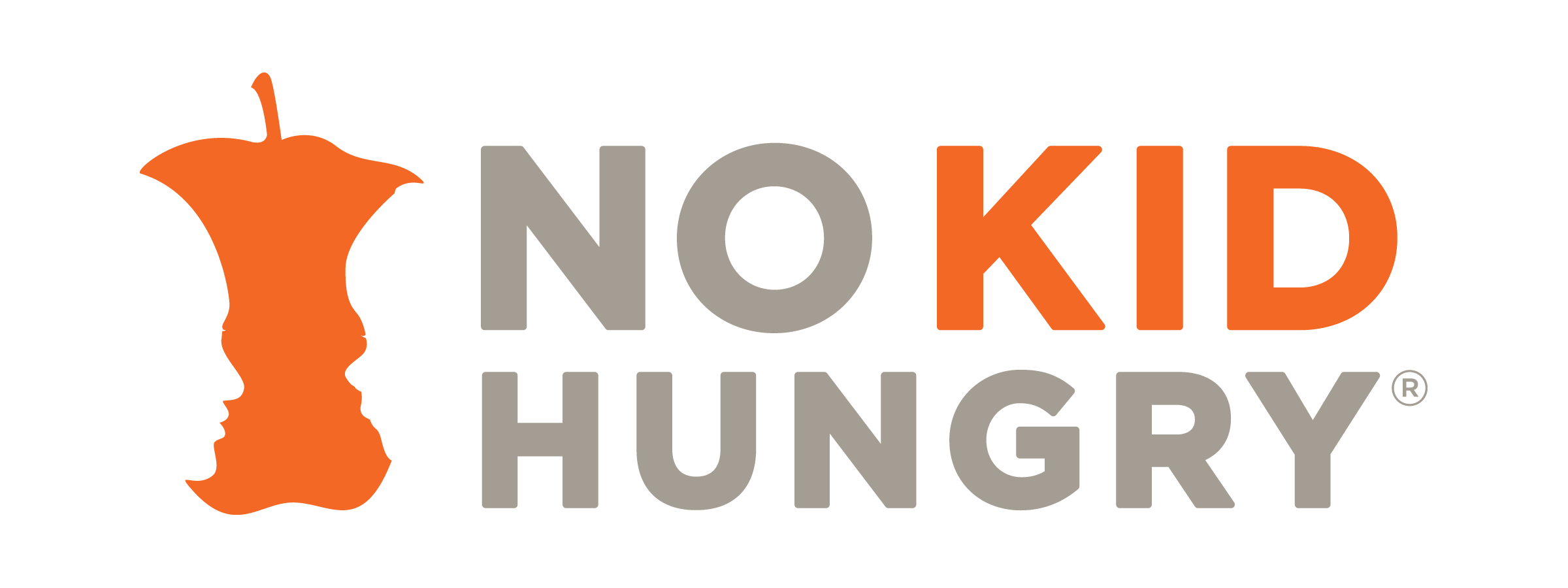
When Tom Zsembik started as the Food Service Director at Mad River Schools in Riverside, Ohio, 23 years ago, even he couldn’t imagine all of the changes that he would see throughout his time there. During his tenure, Tom has seen many shifts within his district. From new building construction, changes in student population, and also figuring out how to adapt his meal programs during a pandemic, there have been many hurdles faced over the years. But Tom has used the knowledge gained during the pandemic to ensure students are continuing to be fed in innovative ways, like Breakfast in the Classroom.
For several years, even prior to the pandemic, breakfast has been free of charge for all students attending Mad River Schools, but that didn’t necessarily mean kids were eating in the morning while participating in a traditional cafeteria set-up. So while the pandemic brought its own very difficult set of challenges, Tom saw the opportunity to apply some of the grab & go methods being used to send 5-day meal packs home with students to adjust their normal in-classroom breakfast operations to an alternative breakfast model in their buildings when everyone returned to in-person learning.
With support from a fellow Tom, Tom Ben from Children’s Hunger Alliance, a No Kid Hungry partner, they have worked to build significant rapport and buy-in from principals, teachers, and cafeteria staff to establish and grow their Breakfast in the Classroom programs. They also both credit this win to the crucial support that Mad River Superintendent, Chad Wyen, has and continues to offer Tom and his food service department by being engaged and being an advocate when it comes to their school meal programs.
National data shows that students that participate in alternative breakfast after the bell strategies, like Breakfast in the Classroom, participate in school breakfast at a much higher rate. Breakfast in the Classroom supports schools in reaching an average of 88% breakfast participation by dedicating a few extra minutes of the morning routine. Tom saw this statistic play out in real time when making the change in his schools as well. At the middle school, breakfast participation increased from roughly 60 kids a day to over 200, a more than 200% increase in participation.
Whether it’s covering the cost of reduced-price students, eliminating student meal debt, providing 5-day meal packs after waivers had ended, Mad River’s Food Service Department has continued to explore innovative options to ensure kids continue to have access to meals and meet the community where it needs support the most.
Tom’s passion and determination to feed all of Mad River’s students is what makes the difference. When Tom was asked what his biggest challenge is, he didn’t cite federal regulations, supply chain issues, or many of the common stresses that Food Service Directors face. Instead he stated, “It’s making sure every kid eats, no matter what”.

